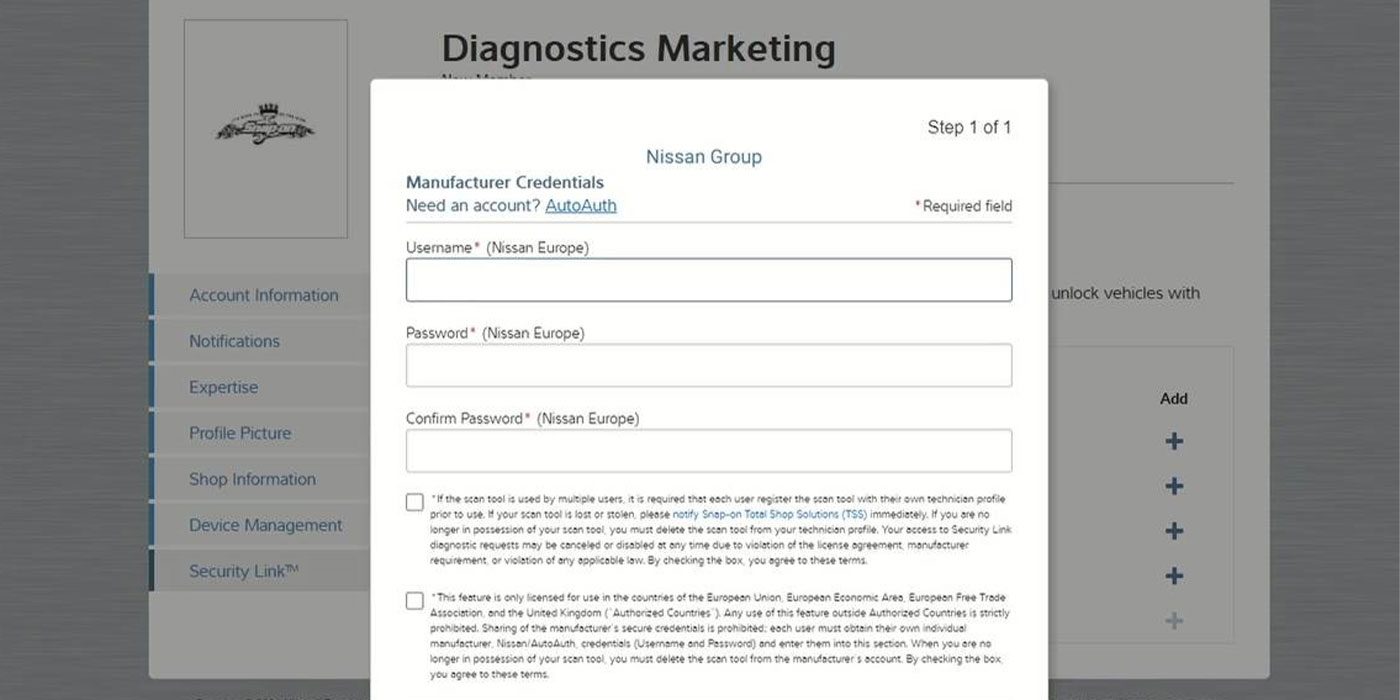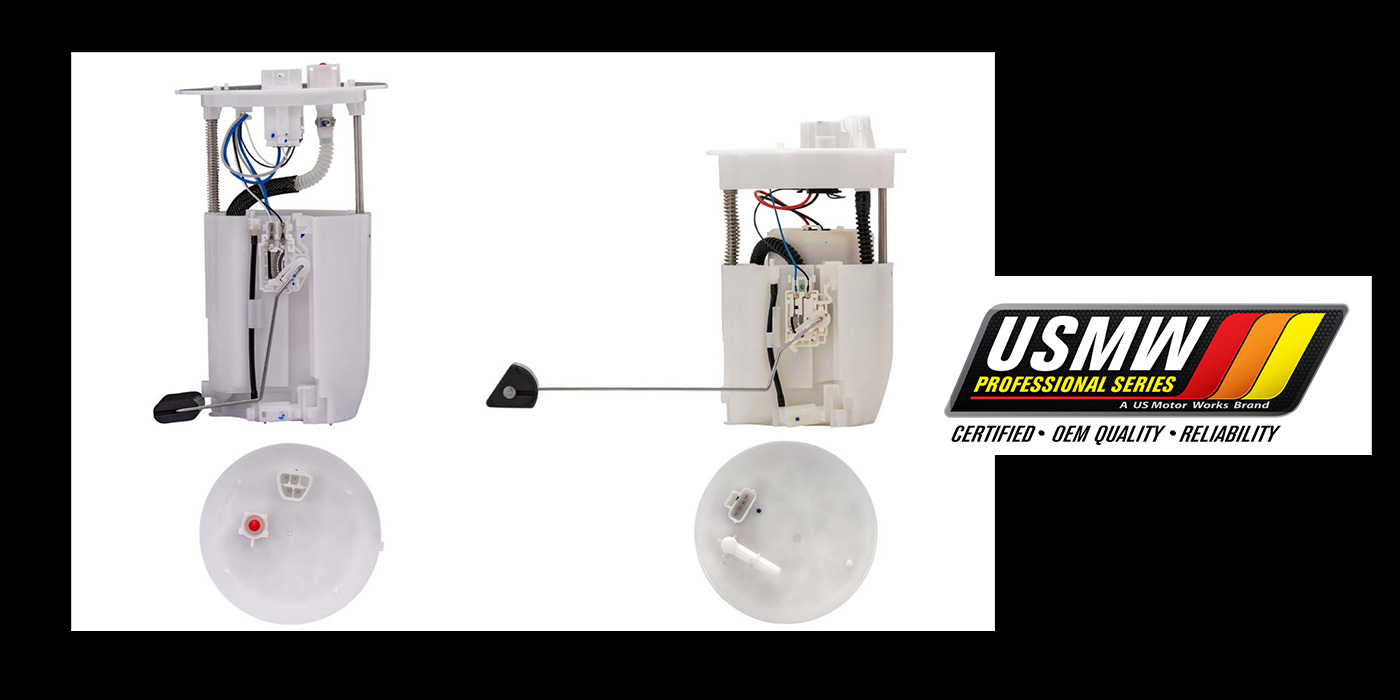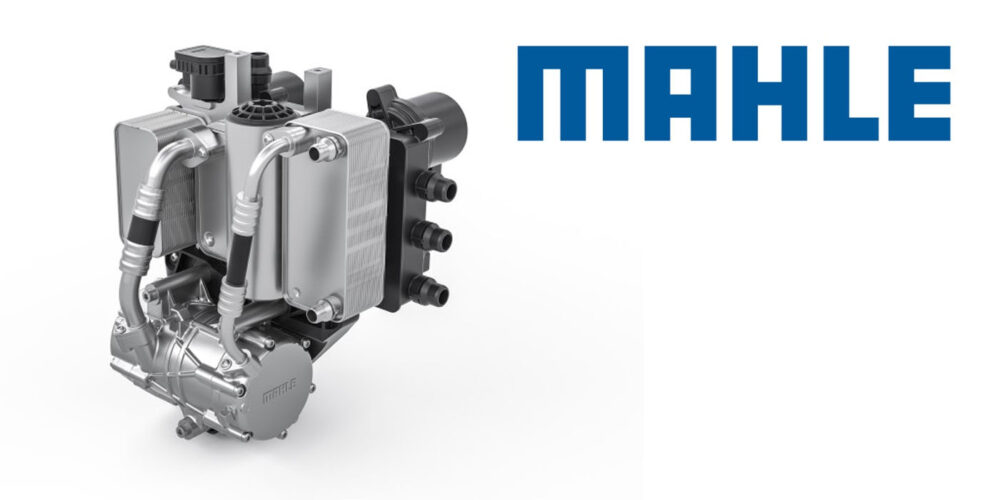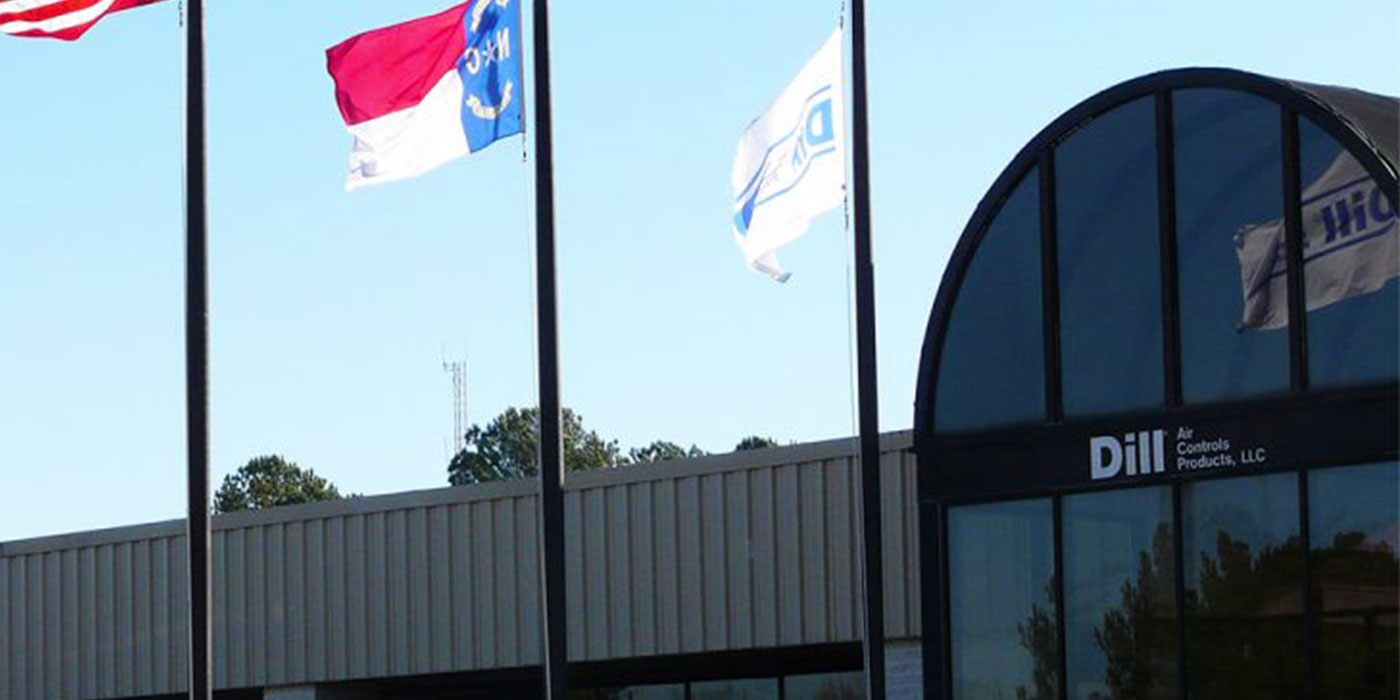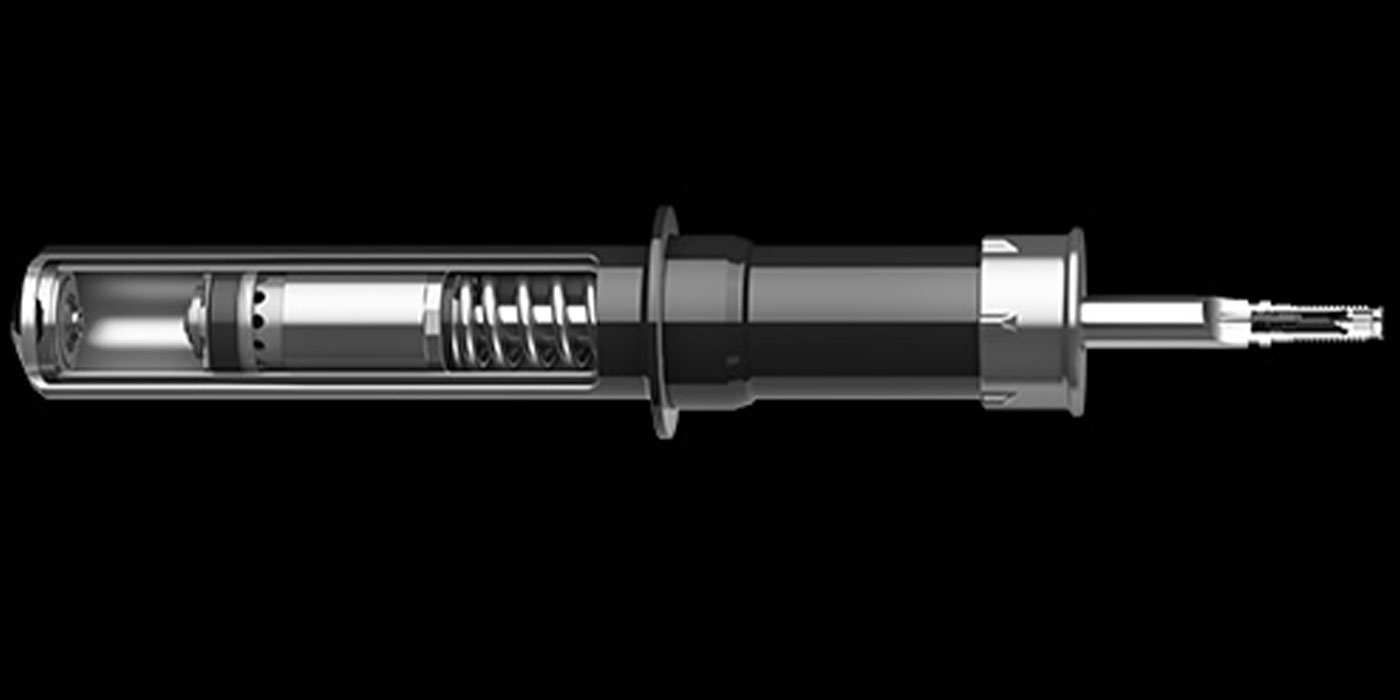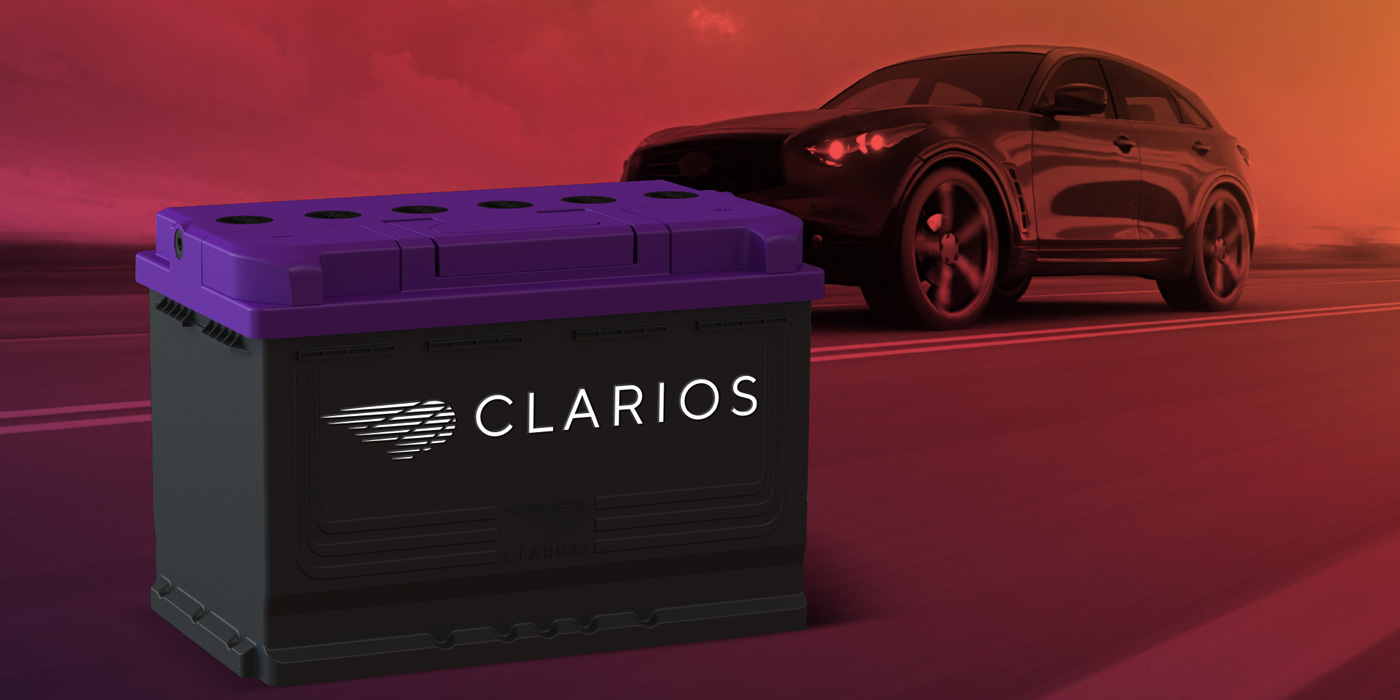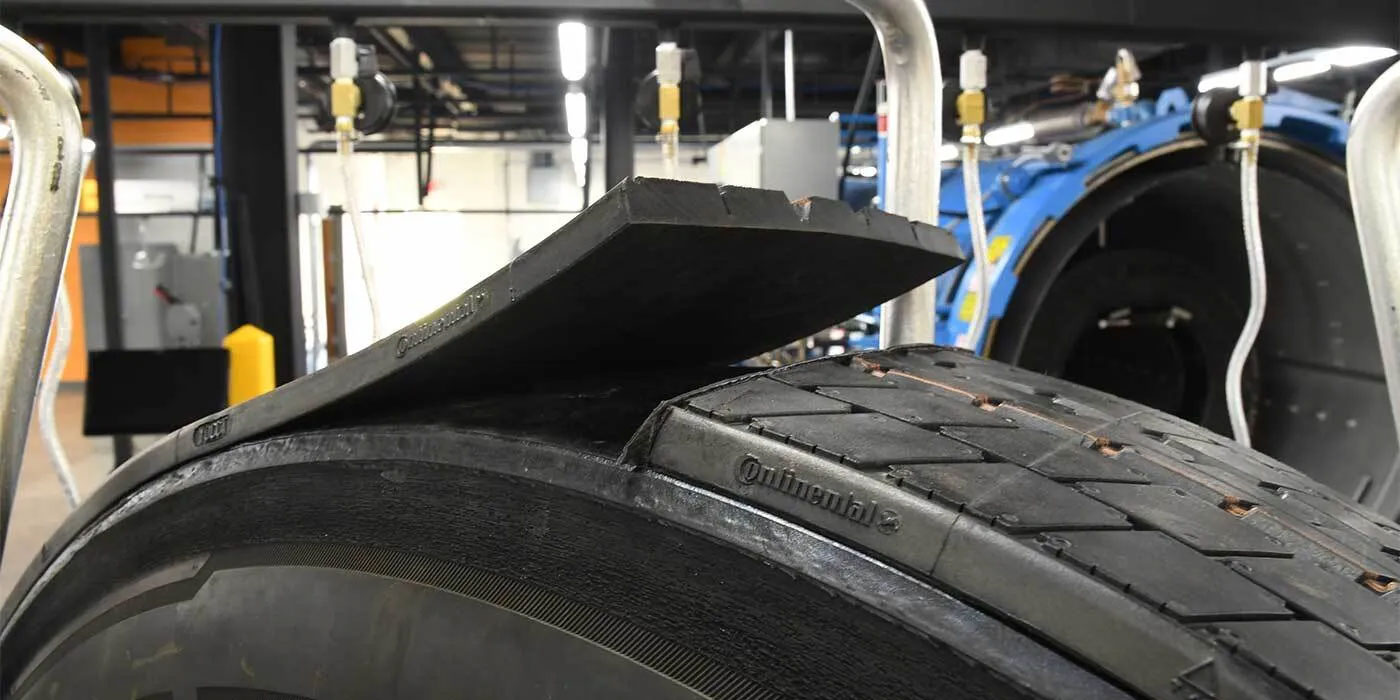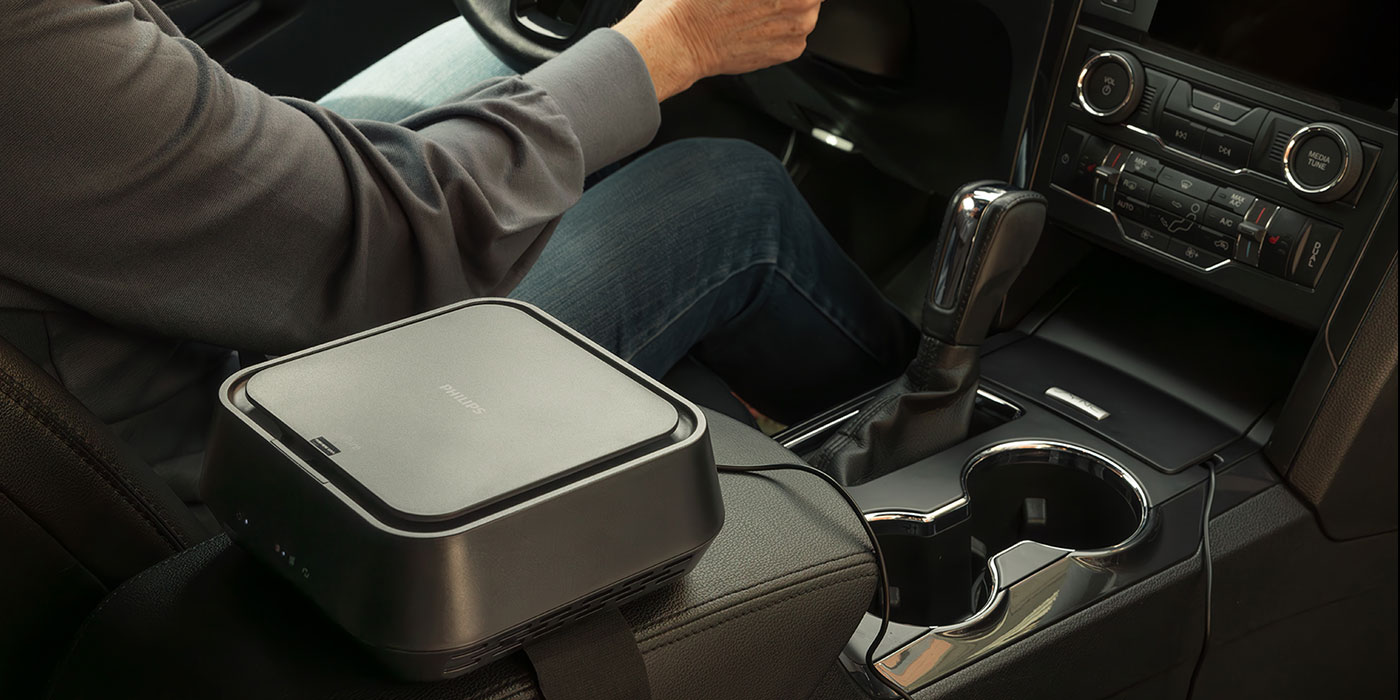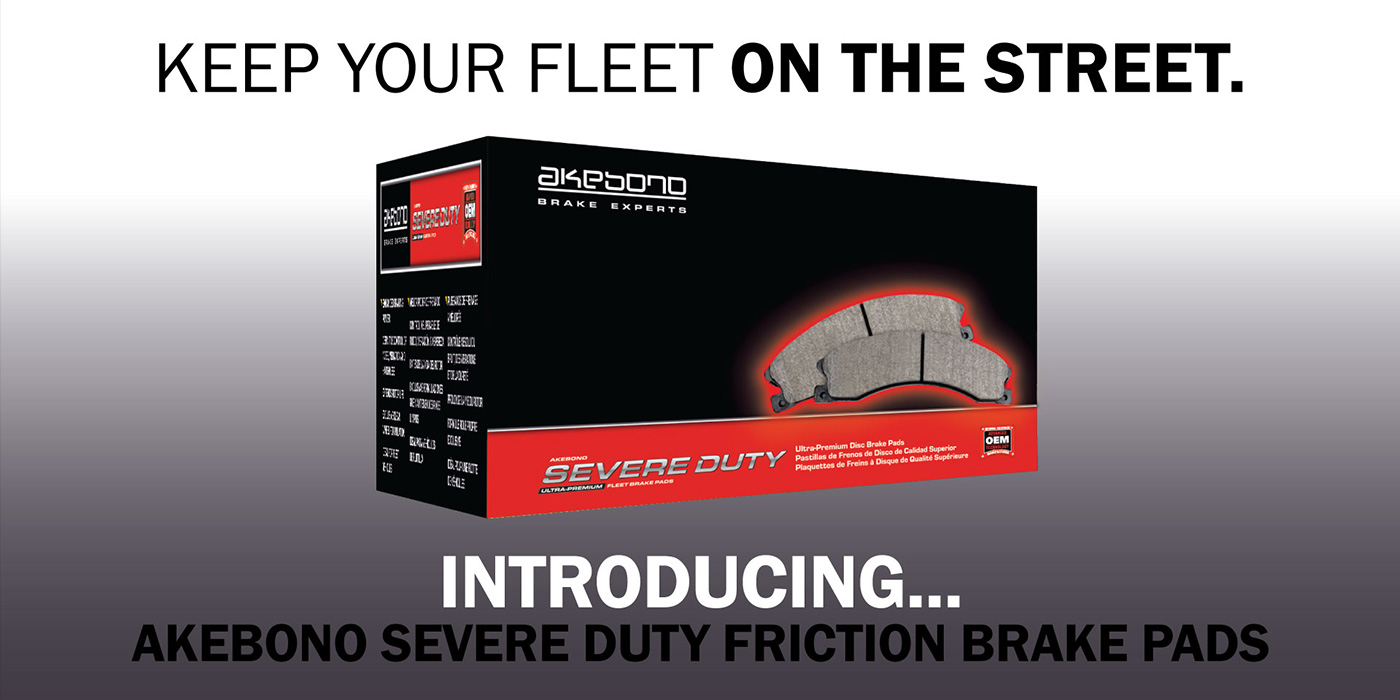PALO ALTO, CA — Frost & Sullivan has selected Robert Bosch Corp. as the recipient of the 2005 Technology Innovation Award for its aftermarket oxygen sensors technology.
Each year, Frost & Sullivan presents this award to a company that has exhibited technological superiority within its industry. The award recognizes the ability of the company to successfully develop and introduce new technology, formulate a well-designed product family, and make significant product performance contributions to the industry.
“Bosch developed the first mass-produced original equipment (OE) unheated oxygen sensor in 1976,” said Frost & Sullivan Research Manager Jasmine Sachdeva. “Since then, the company has led the technological development of oxygen sensors for automotive use, being the first to market heated thimble oxygen sensors and planar oxygen sensors.”
Being the primary inventor and innovator in OE oxygen sensors, Bosch is the undisputed leader in technology innovation in the oxygen sensors aftermarket, according to Frost & Sullivan. For instance, its aftermarket application submersible electrical connection system, patented in 2004, truly differentiates Bosch’s oxygen sensors from competing products. This revolutionary, ingenious invention facilitates easier installation of oxygen sensors and enables Bosch to manufacture aftermarket sensors with tight waterproof and heatproof connections that rival OE installations.
“The uniqueness of Bosch’s universal sensors lie in factors such as the presence of a specially designed housing that encases the connected wires for additional protection from contaminants and provides protection from engine vibration, and the spliced and stripped wires are placed in a two-part housing connection assembly that interlocks and are connected using specially formulated heat-resistant Posi-Lock connectors,” said Sachdeva. “More importantly, after screwing the wires together, the housing assembly is pushed together and locks into place, and an installer or do-it-yourselfer (DIYer) can pop open the housing assembly where the wire connections inside can be screwed and unscrewed.”
Ease of installation, good fit and sealed protection from harsh environments are crucially important characteristics in aftermarket oxygen sensors. It reduces the stress of installing the product for professional installers and encourages more DIYers to replace their own oxygen sensors. It is estimated that less than 15 percent of DIYers in the United States replace oxygen sensors by themselves. This cost-saving innovation increases the payback of replacing oxygen sensors as a regular maintenance activity to maintain fuel efficiency and reduce emissions.
Large portions of vehicles in operation are operating with worn-out oxygen sensors. An engine can run sub-optimally with decreased fuel efficiency until the catalytic converter or the engine itself sustains substantial damage Bosch, with its aftermarket program, is working to capitalize on this untapped replacement market. Frost & Sullivan said it believes that Bosch is likely to capture an increasing number of DIYers and professional installers with its improved product offering.
_______________________________________

